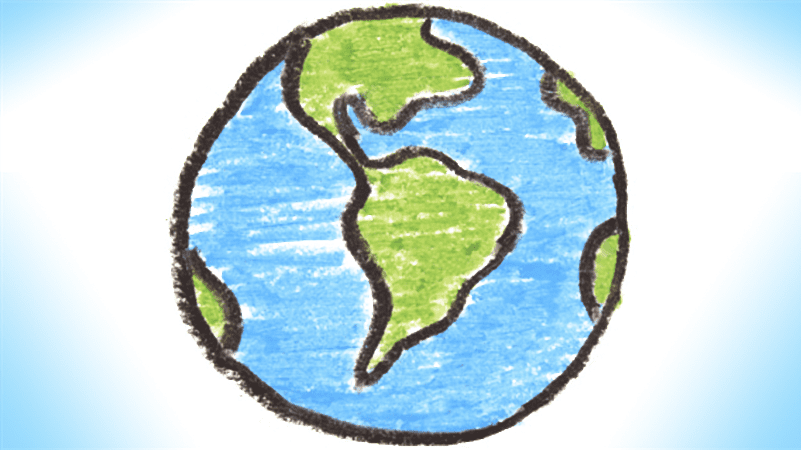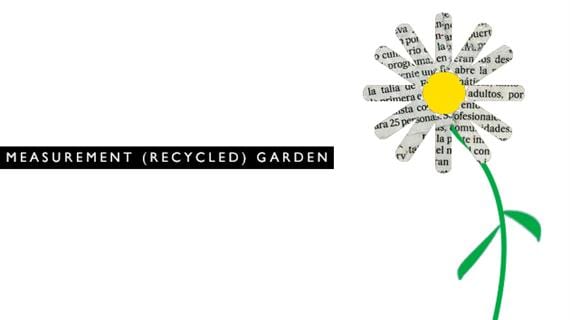Send your students on an online Earth Day scavenger hunt to learn about the ways we can all help protect the environment. The websites included in the hunt are filled with facts that will engage your students as they practice their reading, information gathering and search skills. The thrill of the hunt will lead them through compelling information about our planet and the ways we can all make a difference.
Here’s how it works:
- Download the Earth Day Scavenger Hunt Printable and distribute it to your students. Students can work individually or in pairs.
- Send your students to this link to get started.
- Explain to your class that they will find the answer to each question at the link provided, but they will need to read carefully.
Earth Day scavenger hunt answer key:
- The Earth Day Network hopes to plant 7.8 billion in the next five years.
- In 1962, Rachel Carson’s book Silent Spring was published.
- Naturalist John Muir said, “The clearest way into the universe is through a forest wilderness.”
- The U.S. government created the Environmental Protection Agency and then passed The Clean Air, Clean Water, and Endangered Species Acts.
- In addition to being made of hemp and wood, paper can be made from panda poop!
- Effects of climate change and global warming include higher temperatures and more heat waves, warmer oceans, rising sea levels, changes in plant life cycles, thawing permafrost, less snow and ice, changes in animal migration and life cycles, damaged corals, and changing rain and snow patterns.
- It can take up to 700 years for plastic to decompose (break down) in a landfill.
- Throwaway toxic electronics like cell phones are called e-trash.
- A single tree can absorb one ton of CO2 over its lifetime.
- Kids can recycle aluminum cans, plastic and glass bottles, and paper and cardboard. Kids can unplug electronic gadgets, turn down the thermostat, use air-conditioning less, and ride their bikes or walk instead of getting car rides. Kids can conserve water by turning off the faucet when they’re brushing their teeth and by taking shorter showers.
So join the Earth Day movement with your students and get planting!
Love this activity? Try our online scavenger hunts for students to learn about women’s suffrage, oceans, and U.S. presidents.

